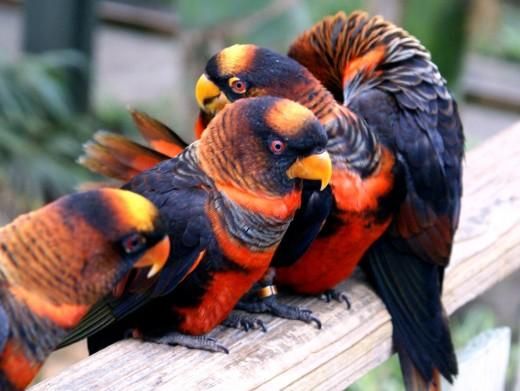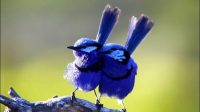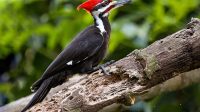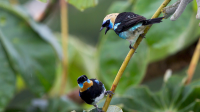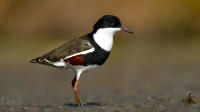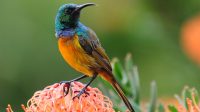The Dusky Lory (Pseudeos fuscata) is an enchanting parrot species known for its vibrant plumage and lively personality. This unique bird is native to the lush rainforests of Indonesia, Papua New Guinea, and nearby islands. With its striking appearance and fascinating behaviors, the Dusky Lory has captured the attention of bird enthusiasts and researchers alike. In this article, we will delve into the physical characteristics, habitat preferences, feeding habits, behavioral patterns, and reproduction of this captivating avian species.
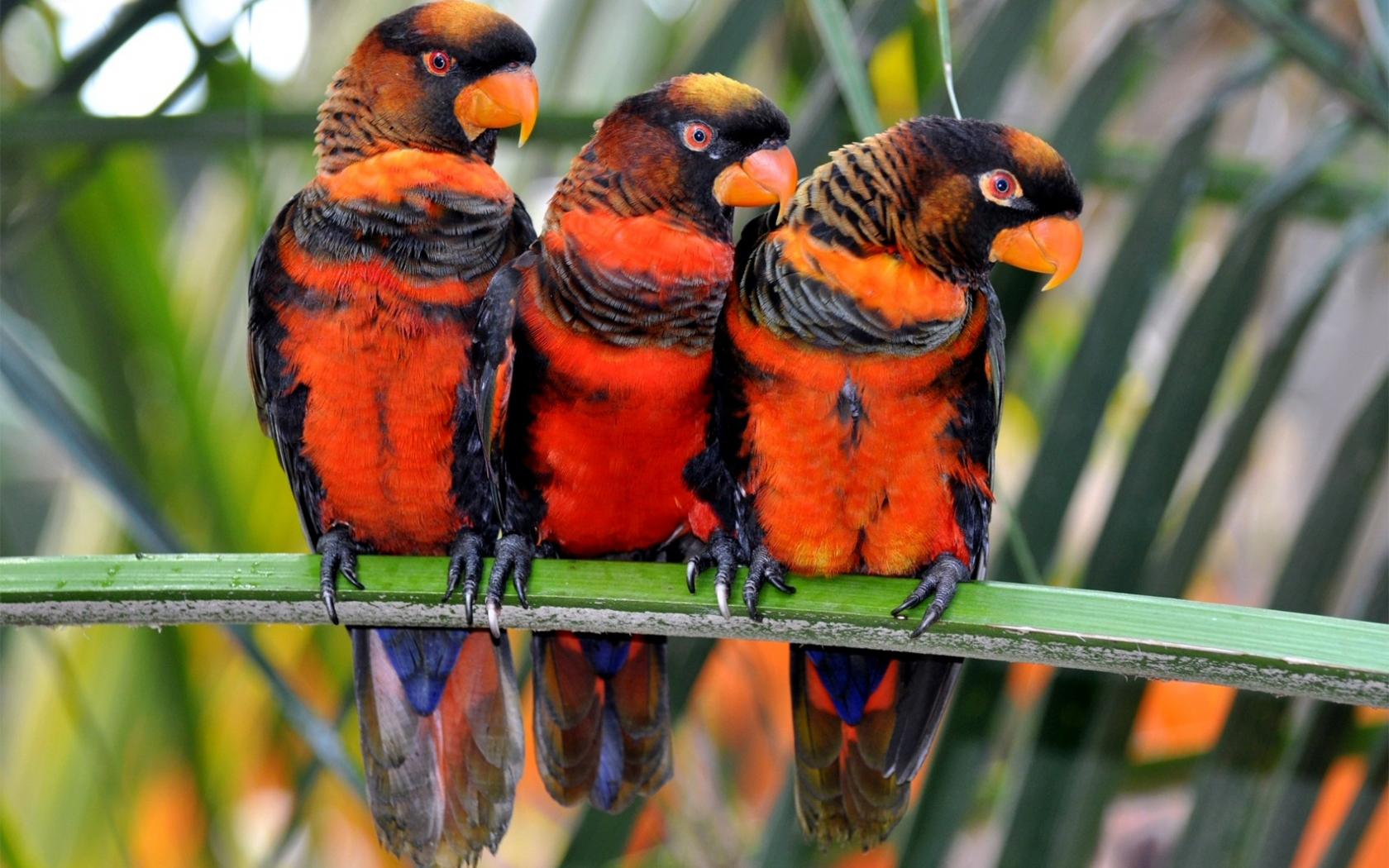
Physical Characteristics
The Dusky Lory is a medium-sized parrot with an average length of approximately 25 cm (10 inches) and a weight of 150-250 grams. Its plumage is a mesmerizing blend of colors, showcasing a rich emerald green on the upperparts, wings, and tail, beautifully contrasted by deep scarlet red on the underparts. The bird’s head is adorned with a distinctive blue crown, while its cheeks and throat display a stunning black patch, adding to its allure.
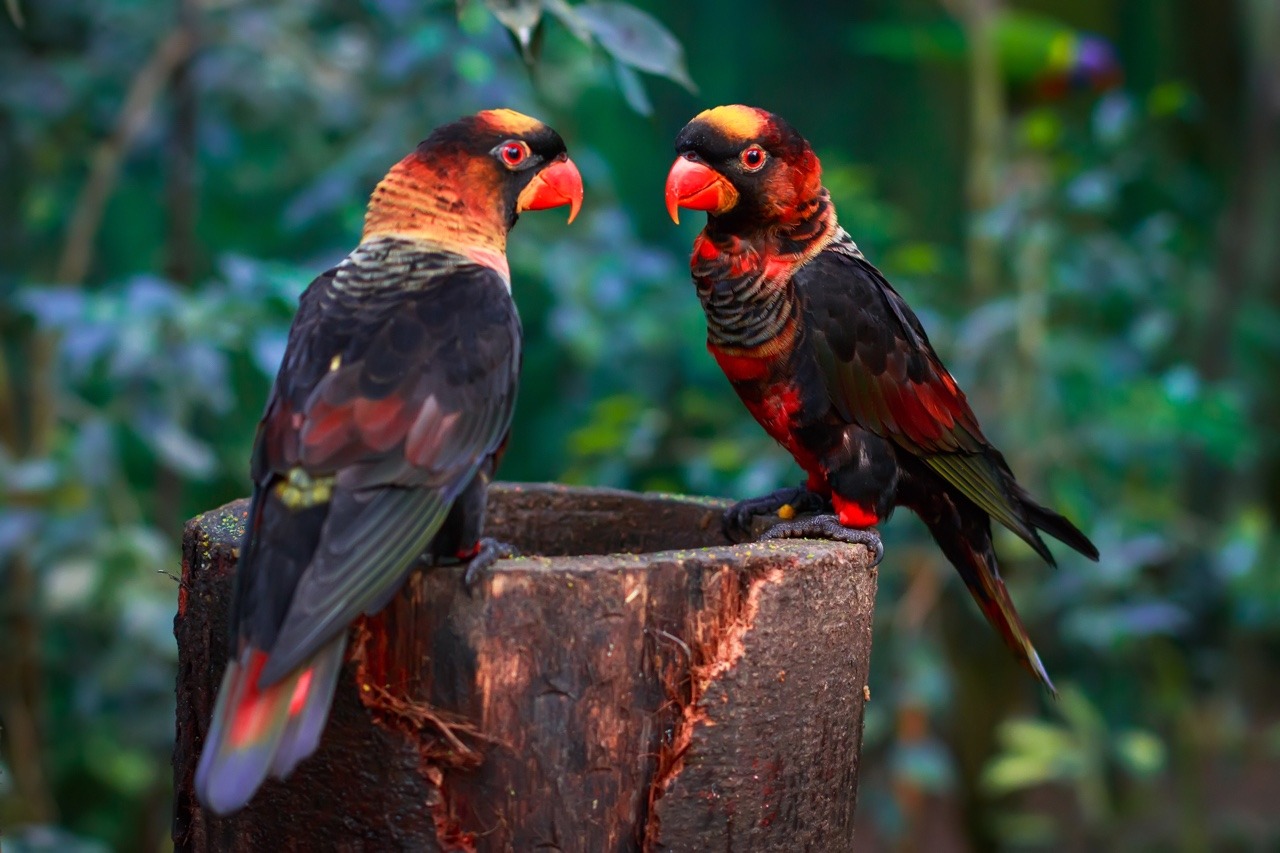
Habitat and Distribution
The Dusky Lory is predominantly found in the dense rainforests and lowland woodlands of Indonesia, particularly on the islands of Seram, Ambon, and the surrounding regions. They are also prevalent in Papua New Guinea, inhabiting the lush forests of the Vogelkop Peninsula and nearby islands. These birds thrive in a tropical climate, where they can forage for food amidst the abundant foliage and flowering trees.
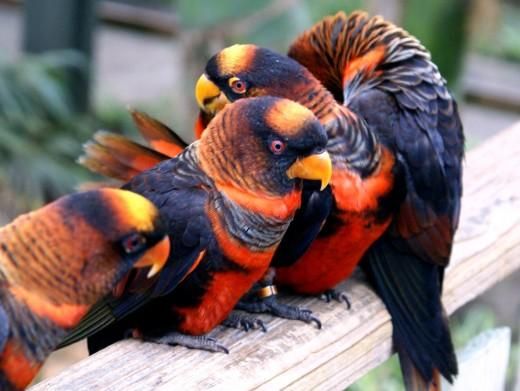
Diet and Feeding Habits
The Dusky Lory is a nectarivorous species, meaning it primarily feeds on nectar from various blossoms and flowers. Their specialized brush-tipped tongues enable them to extract nectar efficiently. Apart from nectar, they also consume pollen, fruits, and some insects to supplement their diet with essential nutrients. Their adeptness at feeding from flowers is crucial for pollination, making them valuable contributors to their ecosystem.
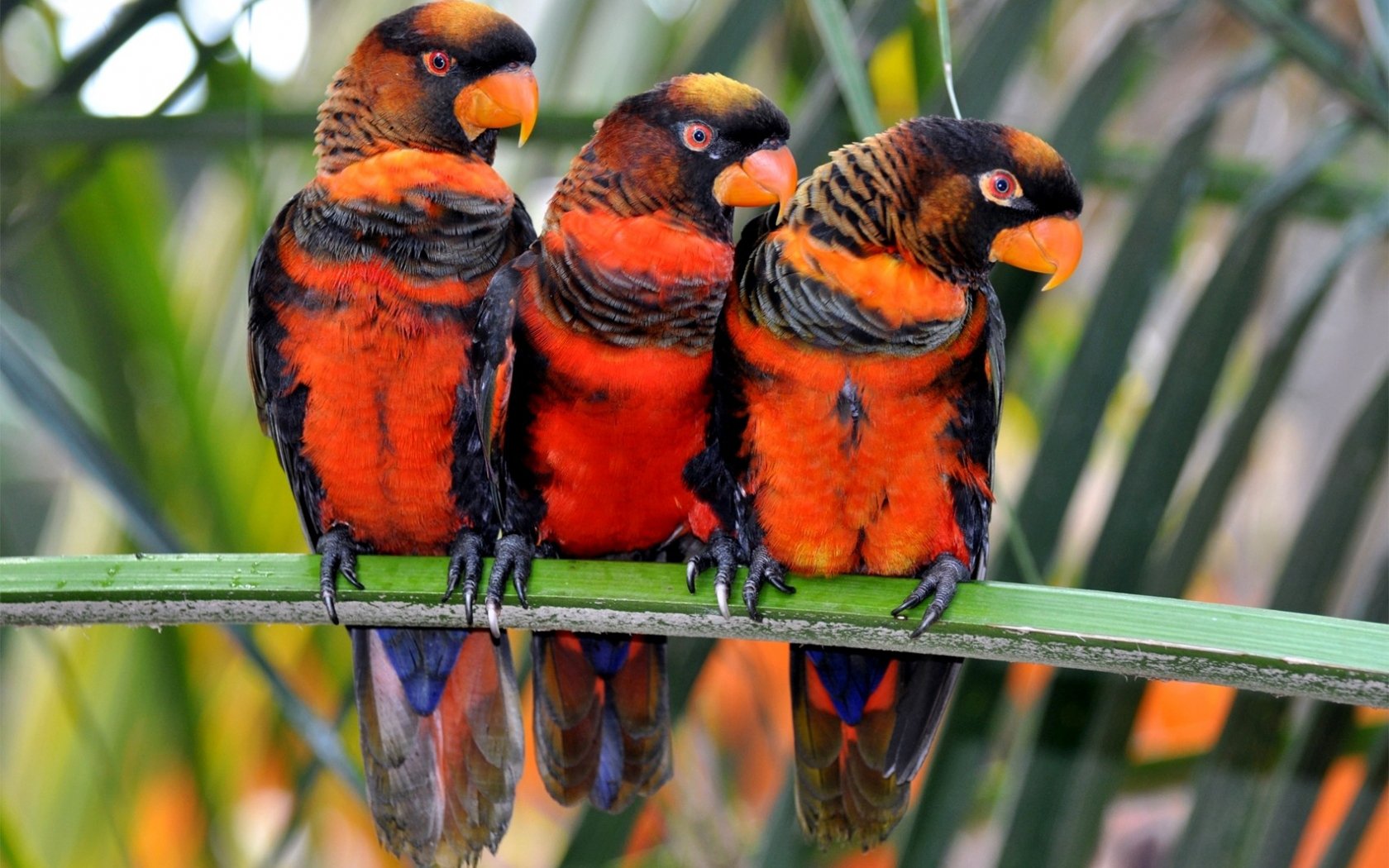
Behavior and Lifestyle
The Dusky Lory is highly social and forms close-knit flocks that can consist of up to several hundred individuals. These flocks engage in lively interactions, such as mutual preening, playful flights, and engaging vocalizations. Their calls are a combination of sharp whistles, chatters, and screeches, which help establish communication and cohesion within the group.
In the wild, Dusky Lories are agile and acrobatic, skillfully navigating through the dense canopy in search of food. They are also known for their curiosity, intelligence, and ability to mimic sounds, adding to their charm as popular pets in aviculture.
Reproduction and Breeding
The Dusky Lory exhibits monogamous mating behavior, forming strong pair bonds that may last for several breeding seasons. During courtship, the male engages in elaborate displays, showcasing its colorful plumage and engaging in synchronized flights with the female. Once the pair has bonded, they will begin nesting preparations.
Nesting sites are usually found in tree hollows or crevices, providing a secure and secluded location for egg-laying and raising chicks. The female typically lays 2 to 4 eggs, which she diligently incubates for about 25 to 30 days. Both parents share the responsibility of feeding and caring for the chicks once they hatch.
Conclusion
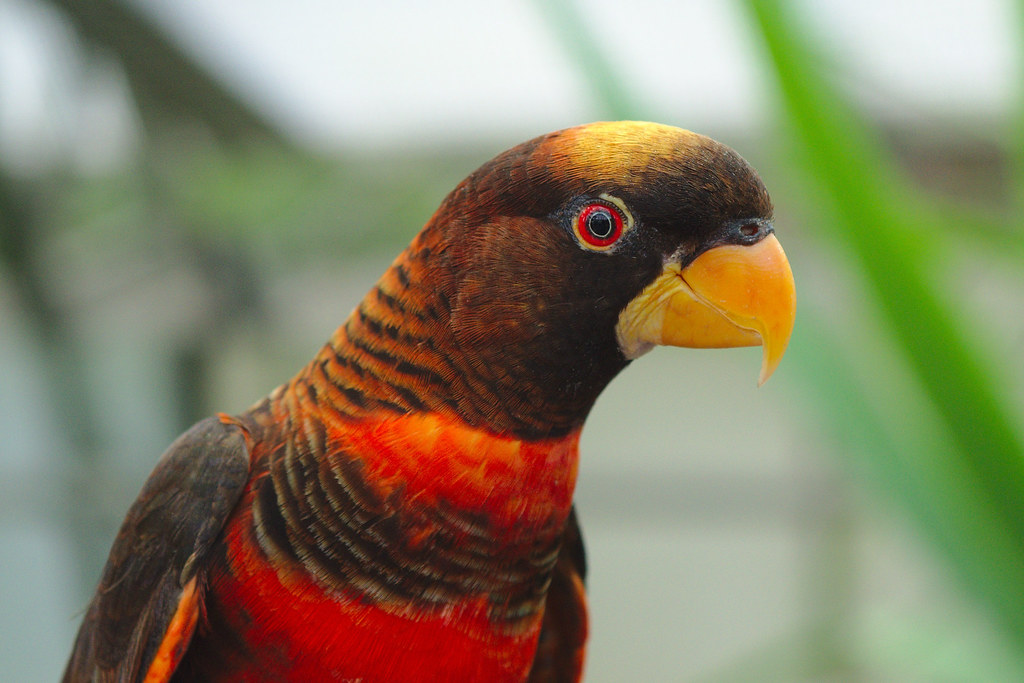
The Dusky Lory, with its striking appearance, lively behavior, and distinct habitat preferences, is a captivating species that thrives in the lush rainforests of Indonesia and Papua New Guinea. Its nectarivorous diet and vital role in pollination make it a crucial component of its ecosystem. With their charming social interactions and impressive vocal abilities, Dusky Lories have earned admiration as popular pets in aviculture. As we continue to explore and understand these fascinating birds, conservation efforts are essential to preserve their natural habitats and ensure the survival of this enchanting species for generations to come.

